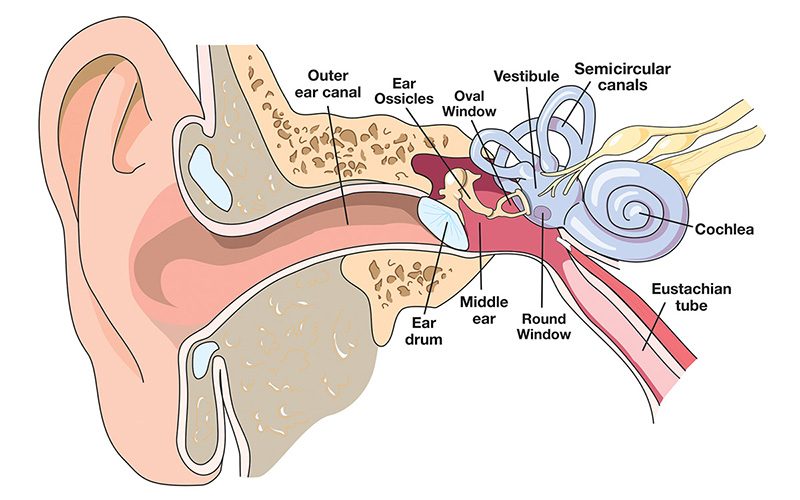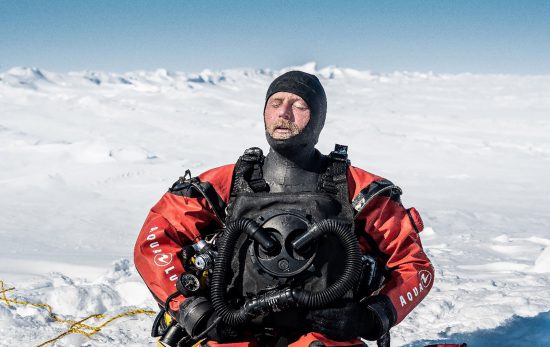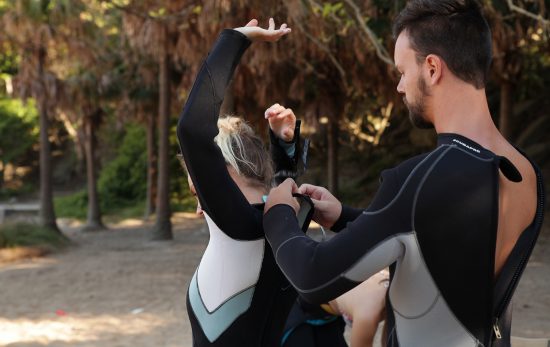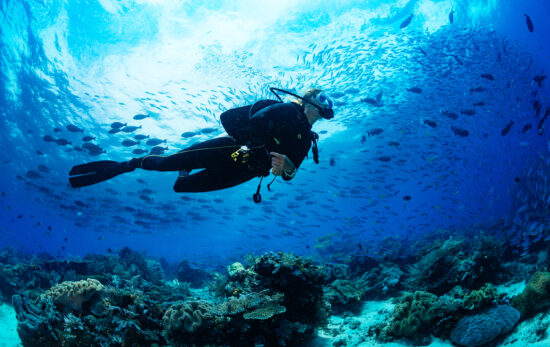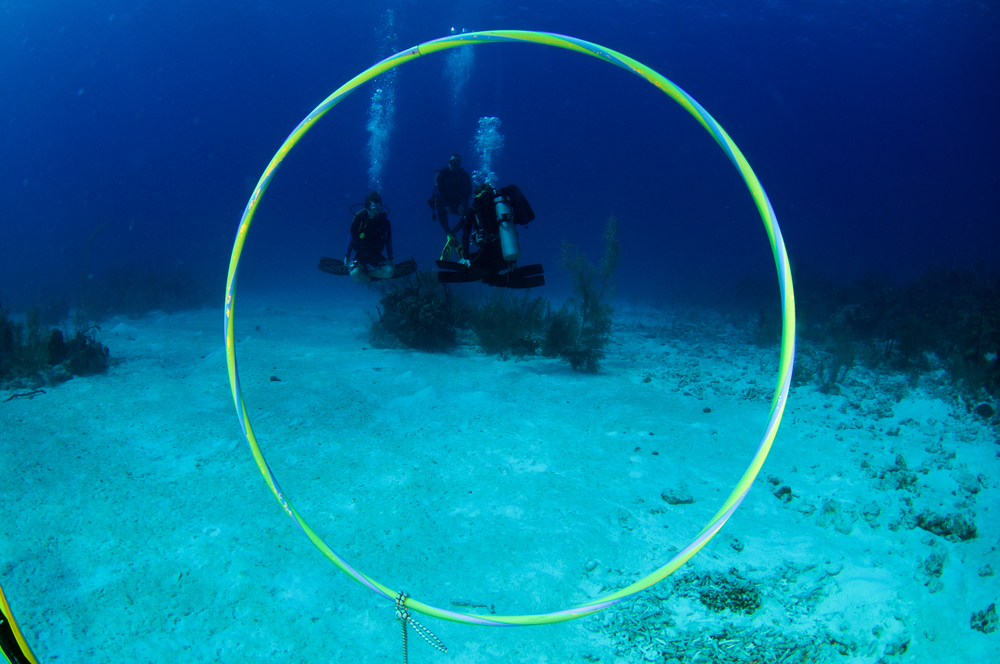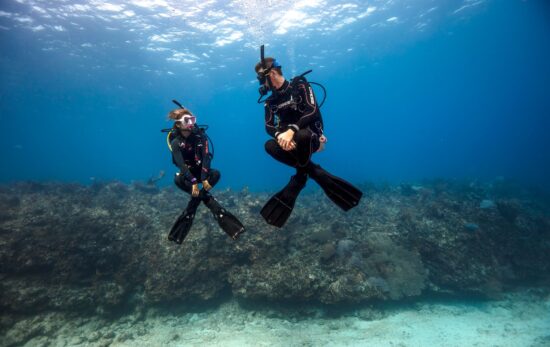Until you became a diver, you may not have realized that your ears are somewhat delicate. The human ear wasn’t designed for the rapid pressure changes that occur when diving, yet ear equalization is one of the most important skills you must master as a scuba diver.
If you’re lucky, the ability to equalize pressure in the middle ear comes naturally. Otherwise, learning how and when to equalize takes practice and fine-tuning. For that reason, it’s not uncommon for divers – especially beginners – to experience difficulties with equalization or other ear health issues. Fortunately, you can help avoid this by learning about the different ways to equalize ears when diving and by taking proper care of your ears.
In this article, we’ll review a variety of ear equalization techniques and share some tips to keep your ears healthy and clear.
How to Equalize Your Ears When Scuba Diving
During your PADI Open Water Diver course, you likely learned to “equalize early and often.” This simple phrase includes two essential keys to ear equalization:
Equalize Early
It’s never too early to equalize. Equalize before you board the boat or step onto the sand. Equalize again before your head dips below the water and again when you’re barely below the surface. Think of your Eustachian tubes like muscles that require a gentle warm up – like doing stretches before you go for a jog or a swim.

Equalize Often
Some divers equalize with every breath as they descend rather than waiting to feel the pressure build up. If you’re finding it difficult to equalize, you can also try practicing it on non-diving days. Make a habit of gently equalizing twice a day, such as when you brush your teeth. Try some of the different methods described later in this article to find out which one works best.
Other Ear Equalization Tips for Divers
- Descend feet first. This allows air to travel more naturally and upward into the middle ear.
- Use a descent line. This helps you control your descent rate so you can equalize in good time.
- When equalizing, look up. Extending your neck can help open up the Eustachian tubes.
- Stop if you feel discomfort. Ascend until the pressure goes away, then try equalizing again.
The Valsalva Maneuver
The Valsalva maneuver is the ear equalization technique most commonly taught to new divers. Pinch your nostrils (or close them against your mask skirt) and blow gently through your nose. The resulting overpressure in your throat can push air through the Eustachian tubes, helping you to relieve the pressure and clear your ears.
Pinch Your Nose and Blow Gently
If you descend too far without clearing your ears, the build-up in pressure can cause your Eustachian tubes to close, and air won’t be able to reach the middle ear to equalize. Blowing too hard against these closed passages can result in barotrauma, such as a ruptured eardrum. If you’re finding it difficult to perform a Valsalva maneuver, don’t force it – ascend slightly before trying again, or swap to another ear equalization method instead.
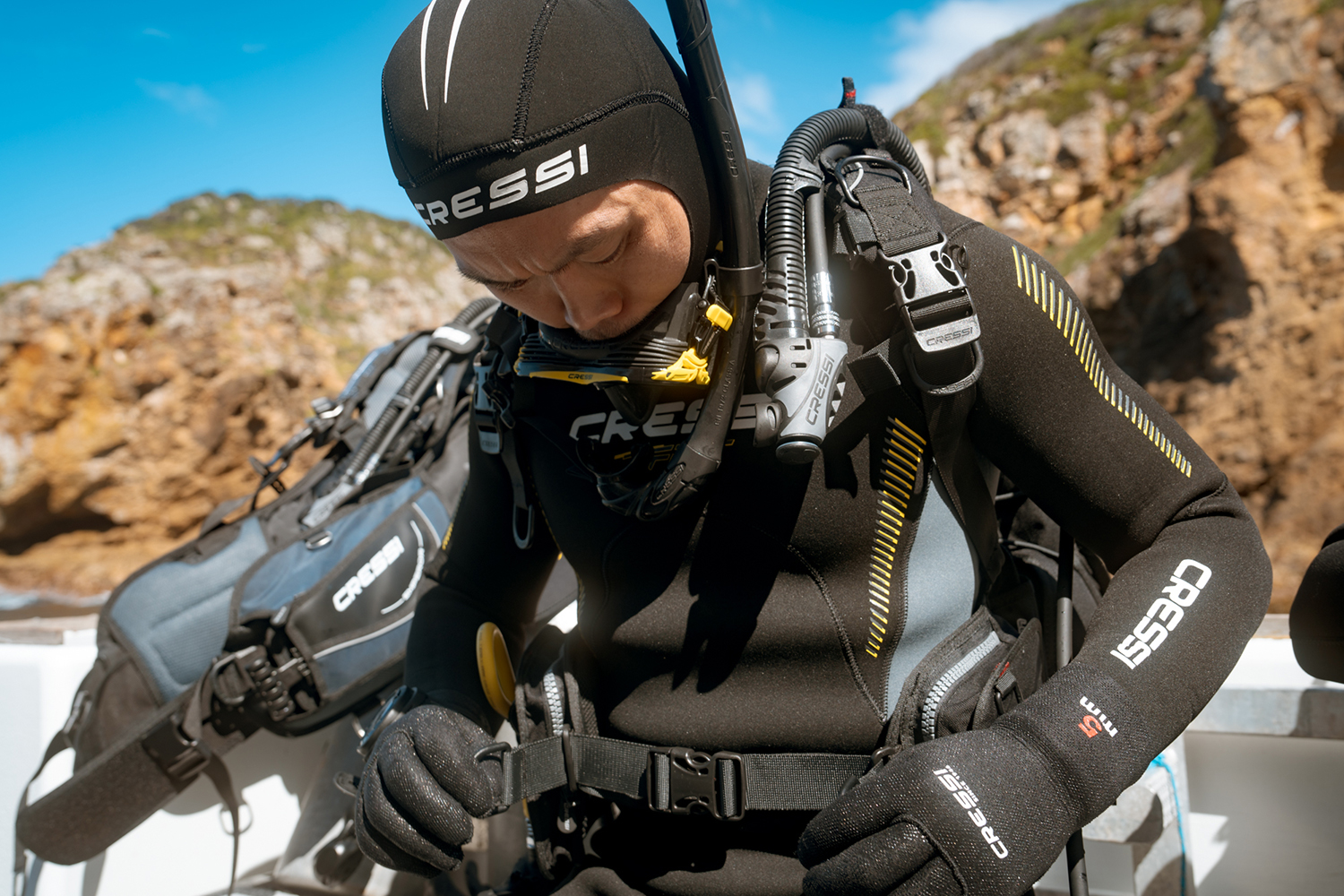
What To Do When Your Ears Won’t Equalize
If you’re experiencing ear equalization problems while diving, consider these common causes:
- Practice – ear equalization is a skill, and you may just need a bit more practice. Watch this how-to video or contact a PADI dive shop for some one-to-one instruction on how to equalize ear pressure correctly.
- Congestion – a common cold, infection, or other ear disorder might be blocking your middle ear or Eustachian tubes. Hold off diving until you’re feeling better, or speak to your doctor if it doesn’t resolve itself.
- Blockages – anything that traps air inside your ear canals can lead to equalization problems. Don’t wear ear plugs for diving, and if you wear a hood, make sure it’s not too tight against your ears.
- Technique – the method you’re using may not be the best one for you; try equalizing a different way (see below for some ideas).
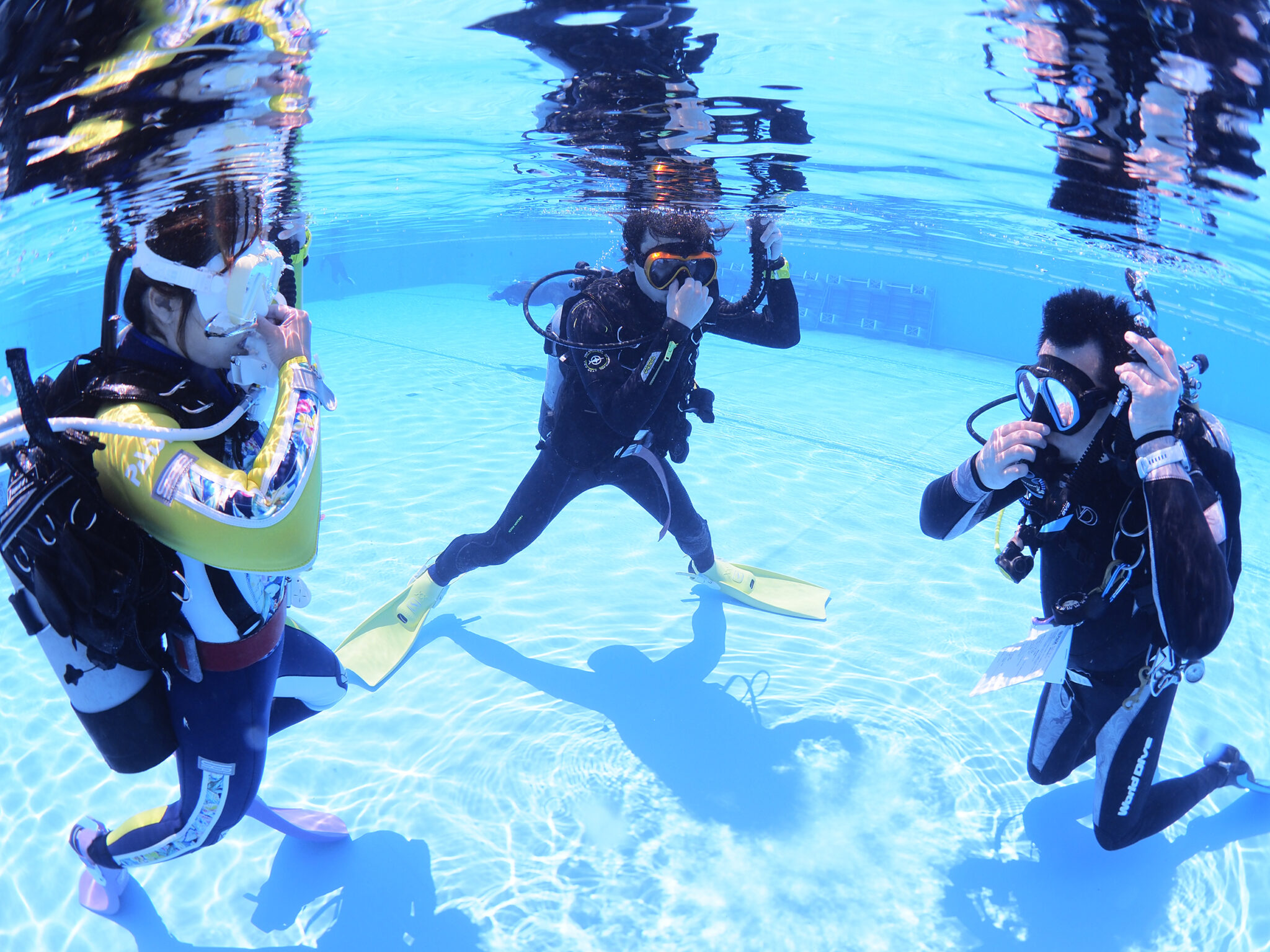
More Ear Equalization Methods for Scuba Divers
Here are a few more techniques you can try when equalizing your ears:
Tense Your Throat and Push Your Jaw Forward
(Voluntary Tubal Opening)
Use the soft palate and throat muscles to push your jaw forward and down as if you’re starting to yawn. This action can pull the Eustachian tubes open. This is also one of the methods you can use for equalizing ears while diving without holding your nose.
Pinch Your Nose and Swallow
(Toynbee Maneuver)
Gently pinch your nostrils closed and swallow to open your Eustachian tubes.
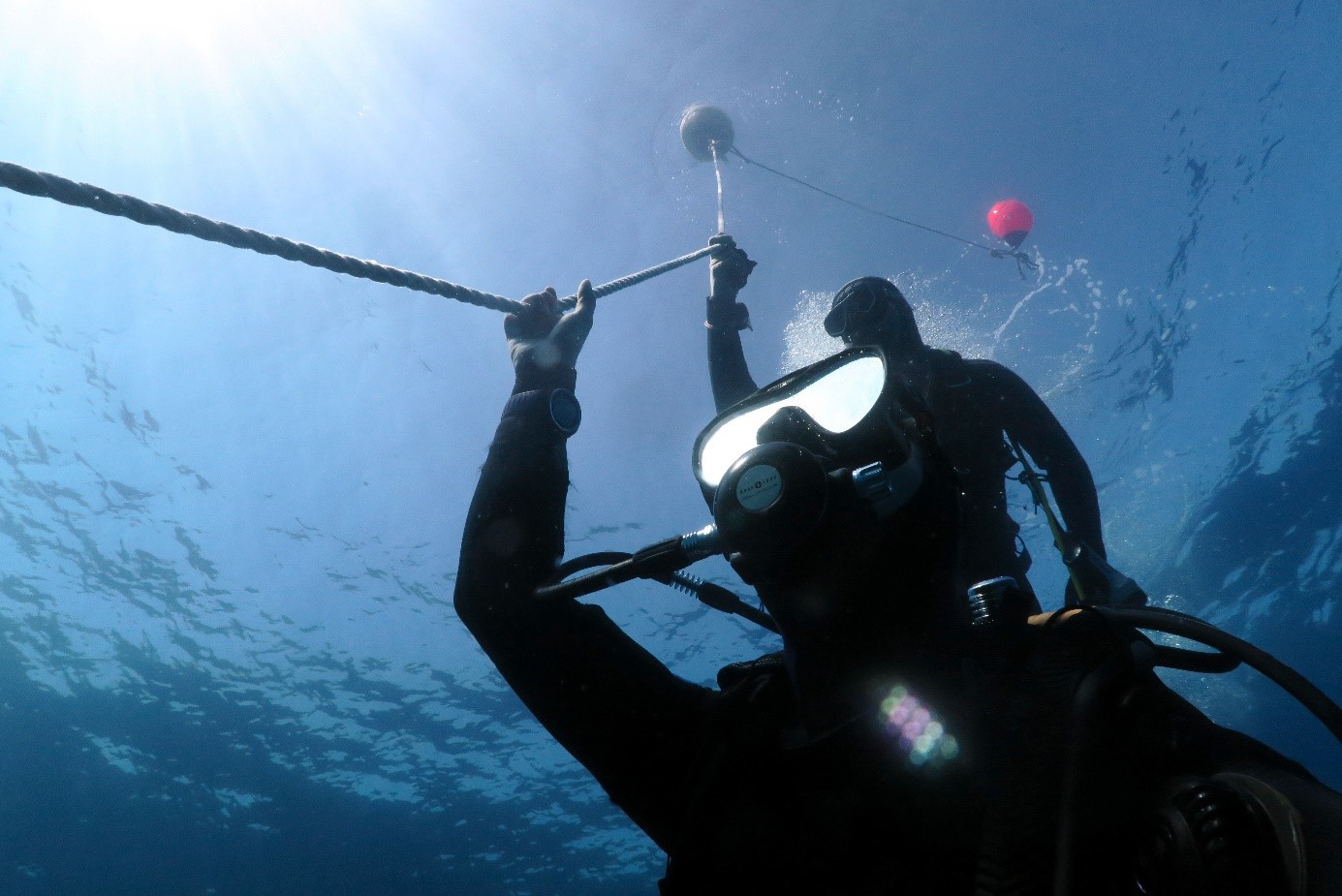
Pinch Your Nose and Make the Sound of the Letter “K”
(Frenzel Maneuver)
Freedivers often use this ear equalization maneuver. Close your nostrils, tense the muscles in the back of your throat, then make the sound of the letter “K.” This will cause the back of your tongue to compress air against the openings of your Eustachian tubes.
Pinch Your Nose, Blow, and Swallow
(Lowry Technique)
While gently pinching your nostrils closed, blow and swallow at the same time. This ear equalization method is a combination of the Valsalva and Toynbee maneuvers.
Pinch Your Nose, Blow Gently, and Push Your Jaw Forward
(Edmonds Technique)
Do a Valsalva maneuver while pushing the jaw forward and down (see the Voluntary Tubal Opening description above).
More Tips for Ear Equalization
If you have trouble equalizing and the recommendations and techniques above aren’t helping, here are a few other things you can try:
- Avoid dairy products for 24 hours before your dive. Contrary to popular belief, there’s no scientific evidence that drinking milk increases mucus production. Rather, it increases the thickness of saliva, which can make you feel congested. All the same, some divers say they find it easier to equalize after cutting out dairy – so it’s worth a try.
- Don’t drink alcohol or smoke before diving. Among other safety concerns, drinking alcohol or smoking can irritate your sinuses and other mucus membranes – which react by increasing mucus production. This can block your Eustachian tubes and make it harder for you to clear your ears.
- Schedule an appointment with your doctor. They may refer you to an ear, nose, and throat specialist (ENT) to check for any underlying medical reasons that may be preventing you from equalizing. Always seek medical advice if your ears hurt after diving.
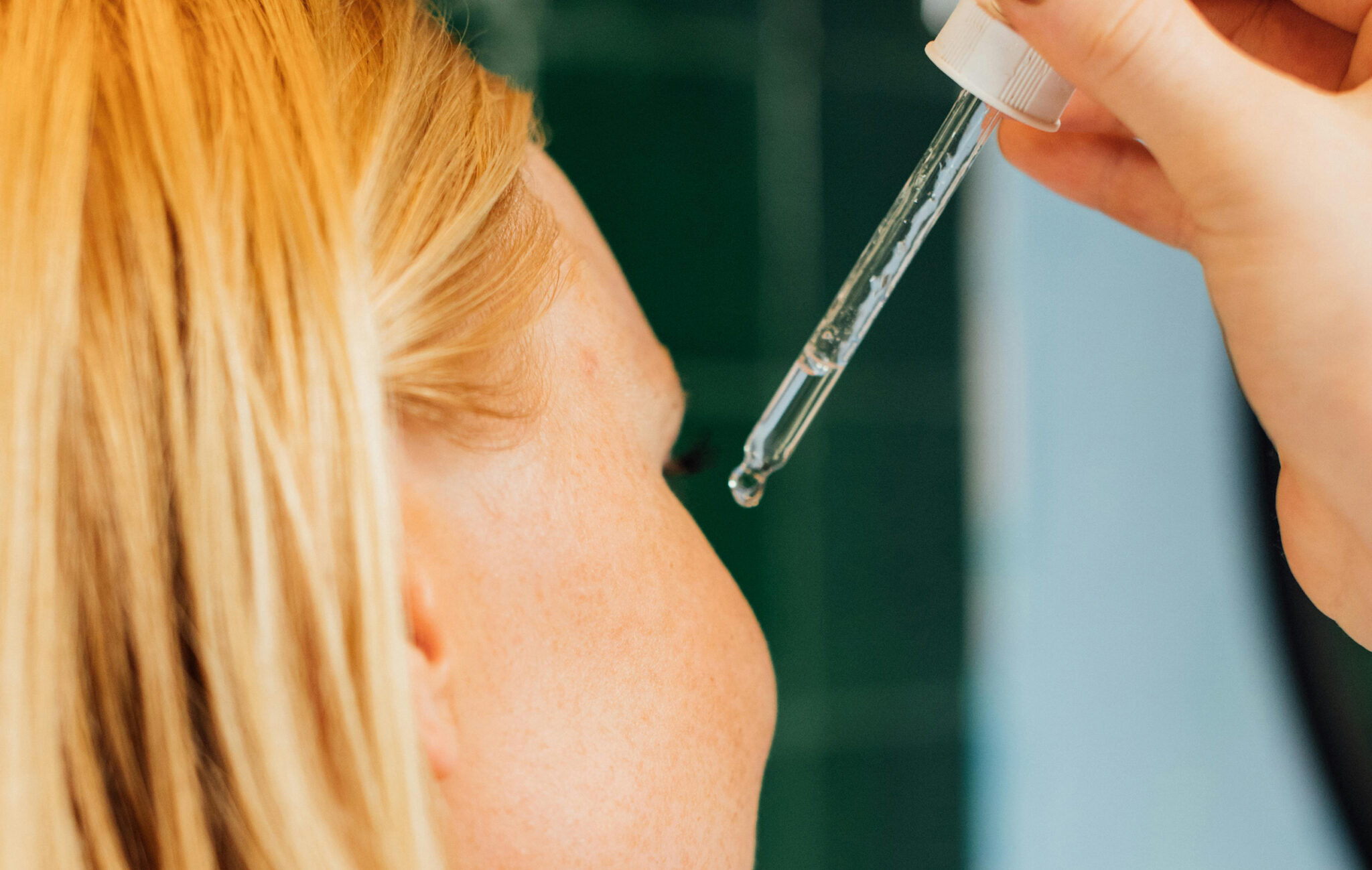
Ear Care – Just as Important as Gear Care
Countless divers have had their liveaboard vacation or another dive adventure halted by an ear infection. As well as being painful, an infection can cause inflammation, which makes ear equalization much harder (if not impossible). So, it’s important to clean and maintain your ears, just as you would your regulator or BCD.
How to Clean Your Ears After Diving
Don’t worry – you don’t need to stick your head in the rinse tank after every dive! Instead, clean your ears with a mixture of half white vinegar and half rubbing alcohol. This simple solution changes the pH balance inside your ear canal to help prevent swimmer’s ear (otitis externa) and other bacterial infections.
Fill a small ear dropper bottle with the vinegar and alcohol mix and put a few drops in each ear when you’re done diving for the day.* The solution alone is sufficient to clean and dry the ear canal. Use a towel to absorb any runoff; cotton swabs are unnecessary. As many ENTs tell their patients, don’t put anything smaller than your elbow in your ear!
If you suffer from swimmer’s ear, you can use a hair dryer to dry your ears more thoroughly – just take extra care to ensure the air is not too hot.
*Do not use ear drops if you suspect you have a ruptured eardrum.
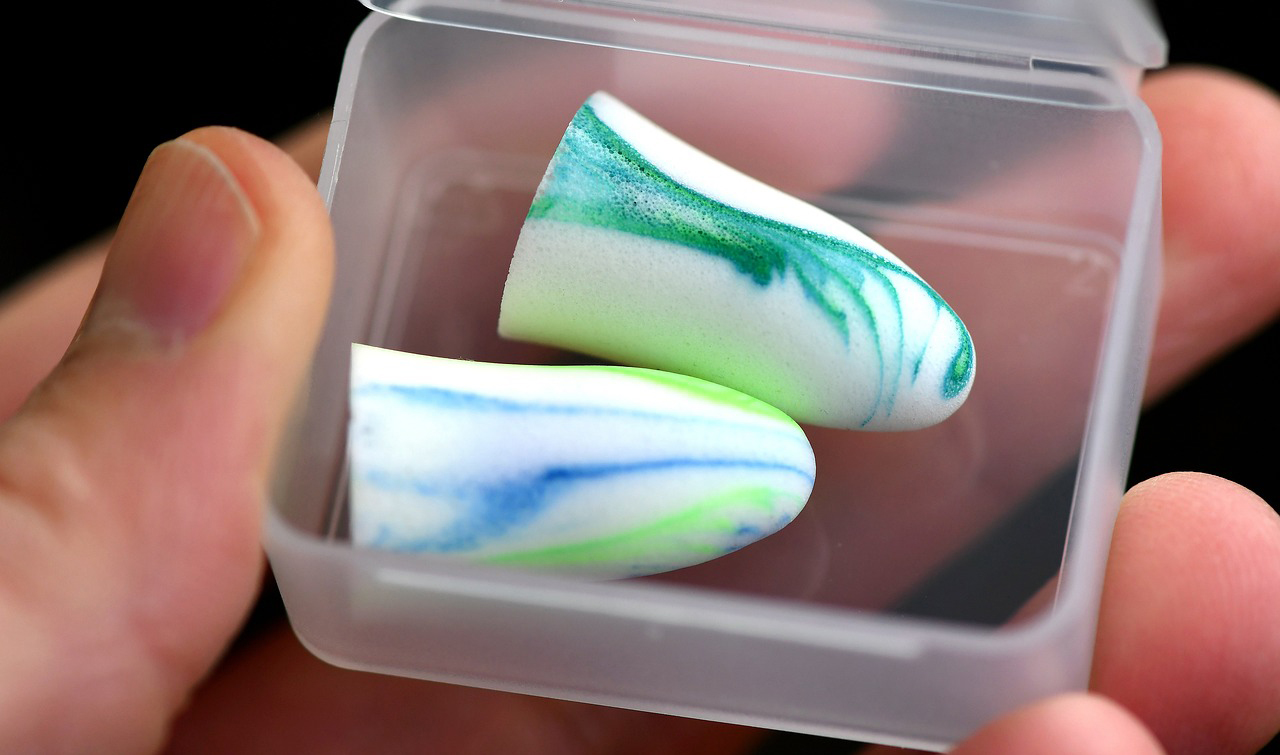
What About Earplugs?
According to Divers Alert Network (DAN):
Standard solid earplugs create an air space that cannot be equalized while diving, making them generally unsafe for diving; however, some divers use earplugs in special situations. Most manufacturers of vented ear plugs emphasize the ease with which their products equalize and recommend that divers clear their ears frequently while wearing the earplugs to maintain proper pressurization. However, these assertions have not been independently tested. There is not enough data or evidence to recommend the use of plugs for divers. The risks of complications underwater from malfunction or removal of an earplug are real and can potentially place the diver at increased risk for injury.
Master Your Ear Equalization and Ear Care
Proper middle ear equalization techniques and good ear hygiene can prevent a range of ear troubles – from swimmer’s ear to long-term damage from barotrauma. You can read about real-life examples of barotrauma and reverse block in our dive accident case study series.
In addition, solid buoyancy skills and proper weighting can help you maintain correct buoyancy to avoid ear injuries and equalization problems caused by ascending or descending too quickly.
The PADI Peak Performance Buoyancy course will teach you how to perfect your buoyancy skills for a safer and more enjoyable dive. Start online today with PADI eLearning® or contact a PADI Dive Center or Resort.

